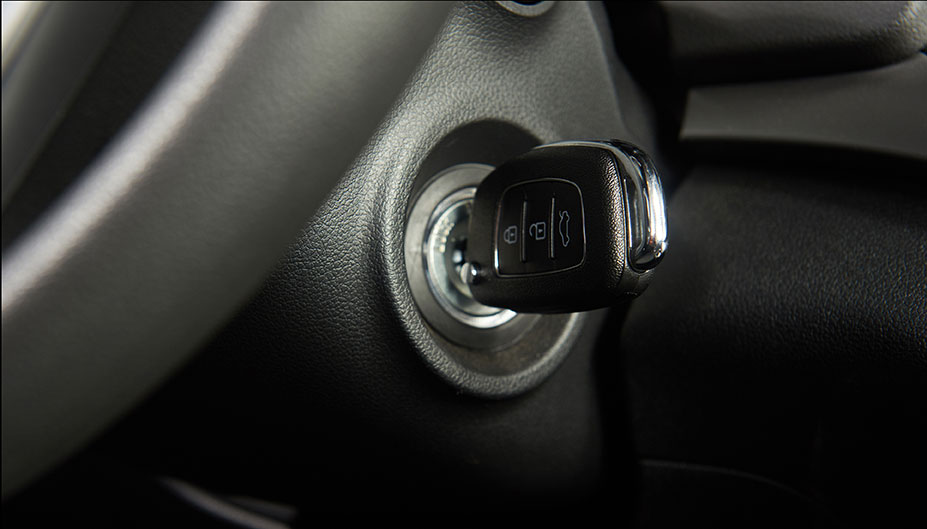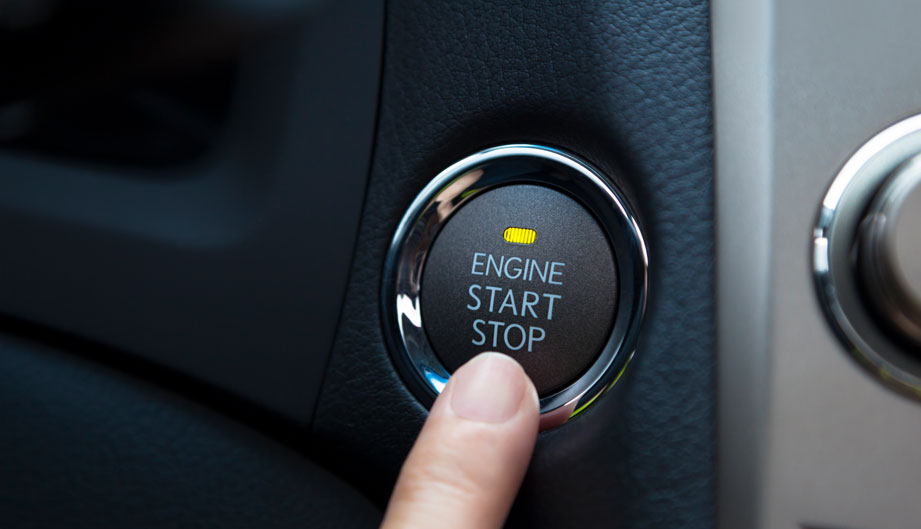The Hidden Cost of Idling: A Simple Trick to Cut Fuel Expenses and Reduce Emissions
One simple trick to cut down on fuel expenses and reduce emissions? Kick idling to the kerb.
If you’re running a fleet, you’ve probably seen your fuel costs creeping up – and idling could be a bigger culprit than you realise. There’s a lot of misunderstanding out there about idling, so let’s set the record straight. Idling is when the engine is left running while the vehicle is stationary, and it’s more costly than most people realise. In fact, eliminating unnecessary idling can save your business hundreds, if not thousands, of pounds each year.
Busting Common Idling Myths
Myth 1: Idling Doesn’t Waste Much Fuel
Reality: Every hour of idling can waste half a gallon (around 2.27 litres) of fuel or more, per vehicle, depending on the vehicle. For a fleet, that adds up quickly. Even a small reduction in idling time across your vehicles can result in significant savings on fuel costs. For example, a fleet of 20 vehicles idling for just one hour a day could be burning through hundreds of gallons of fuel per year, costing you far more than you think.

Myth 2: Idling Is Good for the Engine
Reality: Contrary to popular belief, idling can actually damage your engine over time. When a vehicle idles, fuel residue can build up in the engine, weakening engine parts and leading to long-term damage. This means more frequent maintenance, increased repair costs, and a shorter lifespan for your fleet. Engines are designed to run at optimal temperatures, and idling prevents them from doing so, leading to inefficiency and increased wear.
Check out Engine Builder, a trusted resource on engine maintenance, to understand why idling is harmful to engines.
Myth 3: Starting and Stopping the Engine Causes More Pollution
Reality: It’s a common myth that restarting your engine causes more pollution than leaving it running. The truth is, turning the engine off and on actually uses less fuel and produces fewer emissions than letting it idle. Modern engines are designed to handle frequent restarts, so turning off the engine when you’re parked for longer than a minute will save you fuel and reduce the environmental impact.

Myth 4: Keeping the Engine Running Is Necessary in Cold Weather
Reality: While it might seem logical to start the engine and keep it running to “warm it up” during colder months, engines actually stay warm for up to one hour after being switched off. In fact, idling in cold weather can be harmful to the engine. The best practice is to start the engine and drive off immediately, allowing the vehicle to warm up naturally while driving—no need to waste fuel by letting it idle.
For more cold-weather fleet tips, visit our winter driving guide.
Myth 5: Idling Is Less Expensive than Restarting the Engine
Reality: The cost of idling over time will far exceed the small amount of fuel used when restarting the engine. Idling for just 10 minutes a day can waste up to 60 gallons of fuel per year per vehicle, while restarting the engine only uses a fraction of that.

Myth 6: Idling Is Only a Problem for Large Vehicles
Reality: While larger vehicles like trucks consume more fuel while idling, any vehicle can waste fuel and increase emissions by idling. Cars, vans, and smaller vehicles also experience the same inefficiency. No matter the size of your fleet, unneccessary idling is a costly habit.
How to Reduce Idling in Your Fleet
Now that we’ve debunked the myths, here are some practical tips to help you cut down on idling and reduce both costs and emissions:
- Educate Drivers: Ensure your drivers understand the impact of idling on fuel efficiency and engine health. Training them to turn off the engine when they’ll be stationary for more than a minute can result in major savings.
- Implement Telematics Solutions: Use a fleet management technology solution like Lightfoot to monitor driving behaviours and track idling time. Telematics systems provide real-time feedback to drivers, helping them improve their habits and reduce unnecessary idling.
- Set Idling Policies: Establish clear policies for your fleet that encourage drivers to turn off the engine whenever possible, especially during long stops. You can even make it part of their performance metrics to ensure adherence.
- Use Timer-Based Alerts: Some modern vehicles or telematics systems have timer-based alerts that notify drivers after a set amount of idling time, prompting them to turn off the engine.
- Plan Routes Efficiently: Avoid long delays or stop-and-go driving by optimising routes and schedules to minimise time spent idling in traffic or at stops. This will also help save on fuel and reduce emissions.
- Regular Maintenance: Ensure your fleet is in good working condition, as poorly maintained vehicles may idle longer or waste more fuel. Regular servicing helps maintain fuel efficiency.
The Bottom Line
By tackling idling head-on, you can reduce fuel costs, minimise wear and tear on your vehicles, and lower emissions—all without compromising your operational efficiency.
It’s clear that the myths surrounding idling are costly for businesses, but with the right strategies in place, you can kick the habit and start seeing the savings. The next time your drivers stop for a break, remind them that every minute counts—for both your budget and the environment.
Ready to cut down on idling and boost your fleet’s efficiency? Contact Lightfoot today to learn how our in-cab monitoring system can help you reduce unnecessary fuel consumption and emissions across your entire fleet.